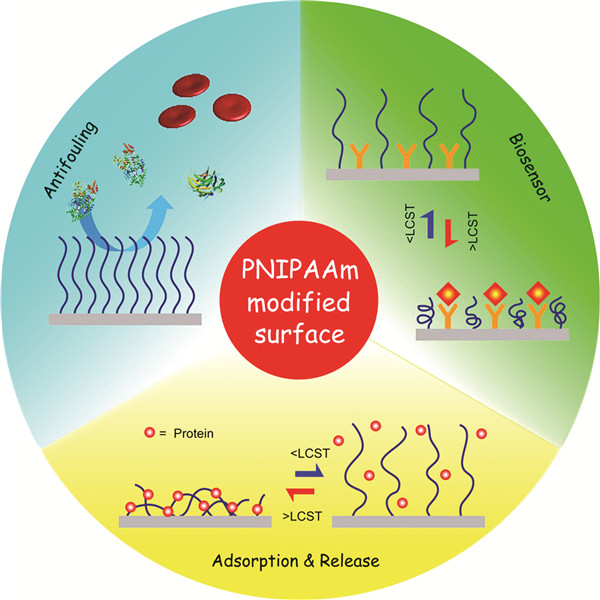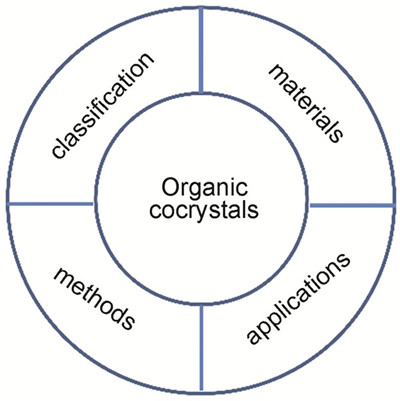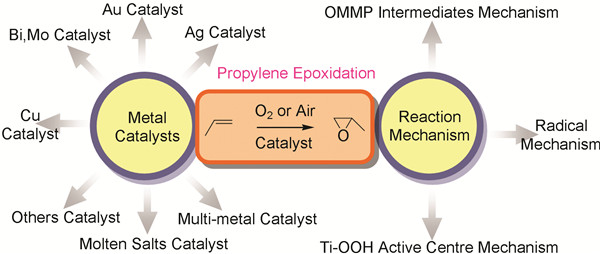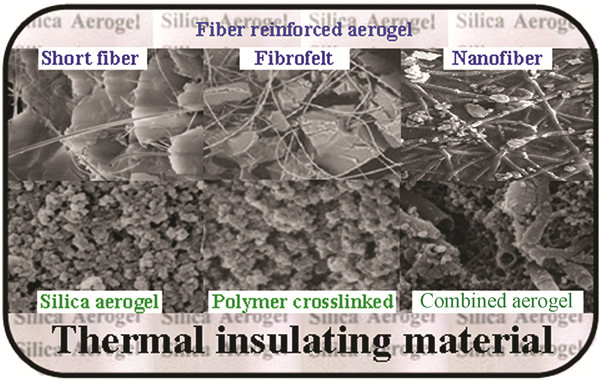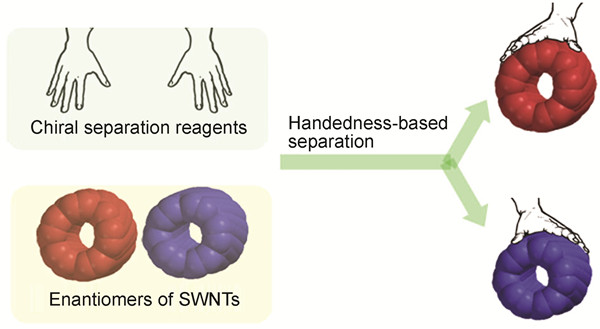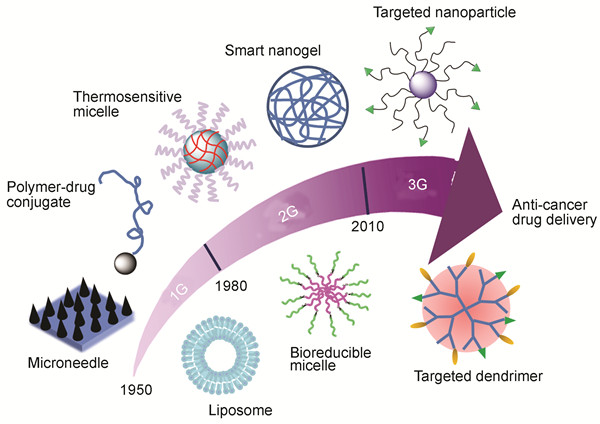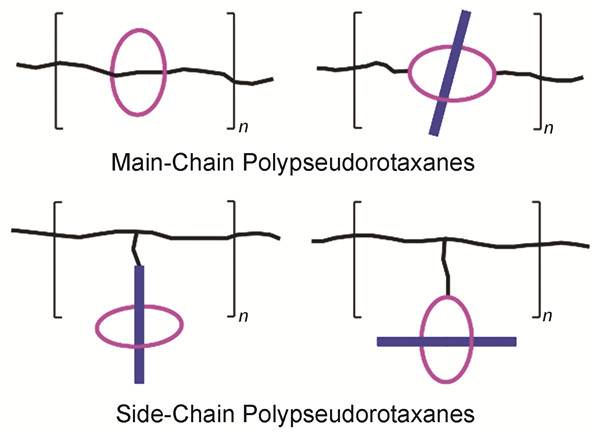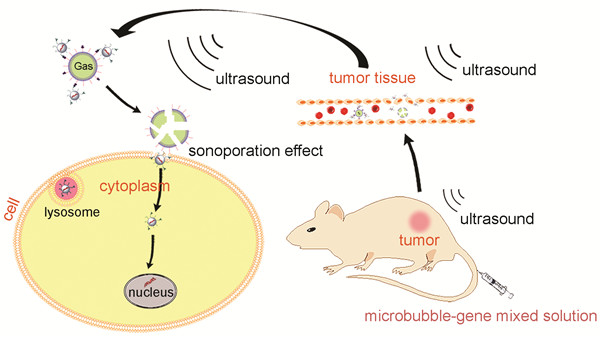Yu Qian, Chen Hong. Applications of Regulation of Protein Adsorption Using PNIPAAm Modified Surfaces[J]. Progress in Chemistry, 2014, 26(08): 1275-1284.
Control over the adsorption of proteins on surfaces according to the specific requirements of different fields is of crucial importance for various applications including implanted devices, biosensors, tissue engineering, and separation sciences. Surfaces modified by poly (N-isopropylacrylamide) (PNIPAAm) are capable of reversibly altering their properties in response to the change of environmental temperature, providing possibility to regulate protein adsorption on surfaces. In recent decades, considerable attentions have been paid to investigating protein adsorption on PNIPAAm modified surfaces under different temperatures using various characterization methods, and trying to understand the mechanism and influence factors in molecular level. In this paper, the recent progress on studies of protein adsorption on PNIPAAm modified surfaces are reviewed. It is found that when the thickness of PNIPAAm layer is within a certain range, PNIPAAm modified surfaces exhibit thermo-responsivity of protein adsorption, which can be used in applications of protein purification and separation as well as biosensors. On the other hand, when the thickness of PNIPAAm layer is beyond a critical thickness, PNIPAAm modified surfaces show good resistance to plasma proteins, making them beneficial for applications as hemocompatible surfaces. In the end, the directions of future development on regulation of protein adsorption using PNIPAAm modified surfaces are proposed.
Contents
1 Introduction
2 PNIPAAm modified surfaces
2.1 Preparation of PNIPAAm modified surfaces
2.2 Conformational changes of PNIPAAm grafted on surfaces
3 Studies on protein adsorption on PNIPAAm modified surfaces
3.1 Methods of characterization of protein adsorption
3.2 Mechanisms and influence factors of protein adsorption
4 Applications of PNIPAAm modified surfaces on regulation of protein adsorption
4.1 Purification and separation of protein
4.2 Biosensors
4.3 Hemocompatible surfaces
5 Conclusion and outlook









